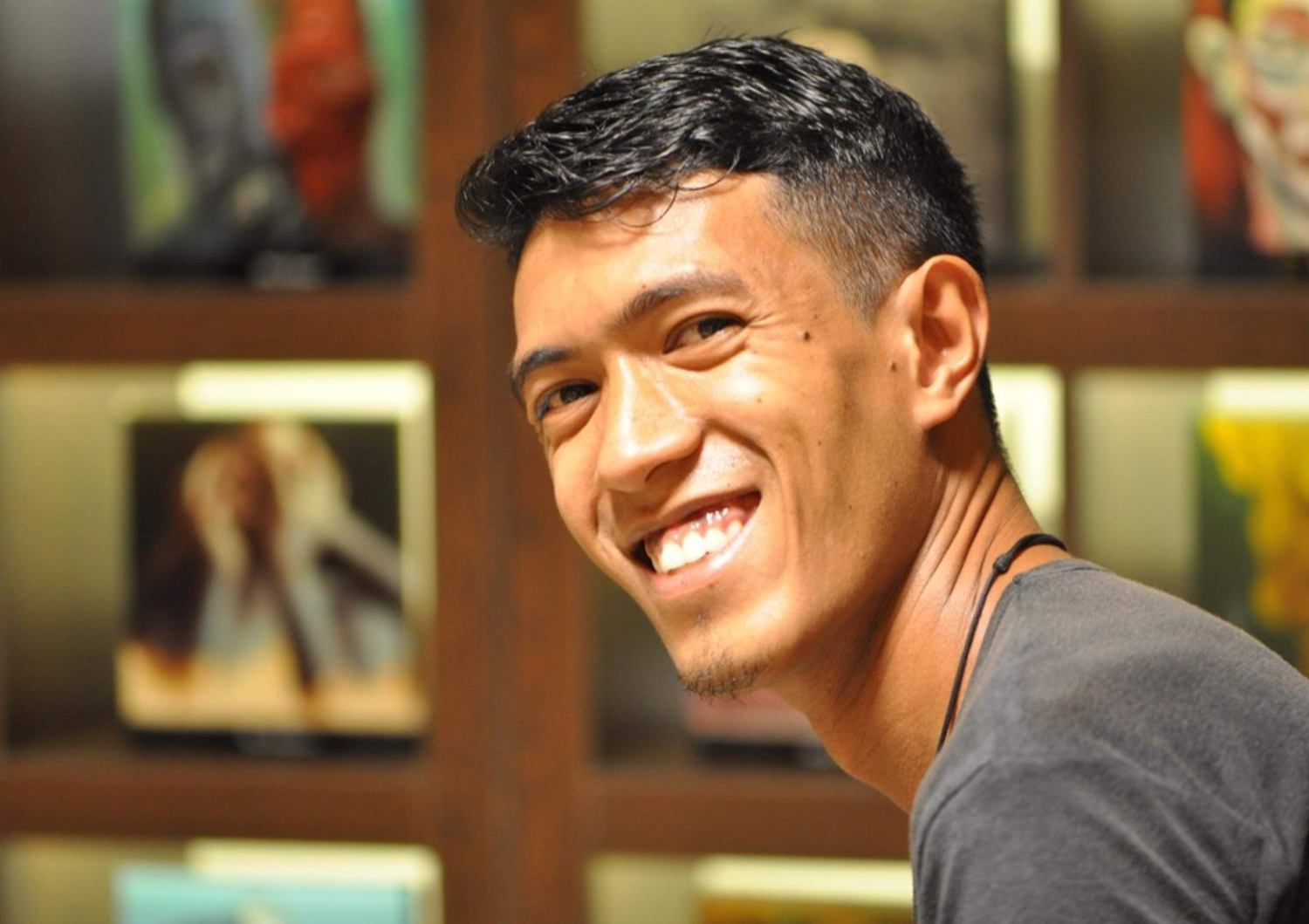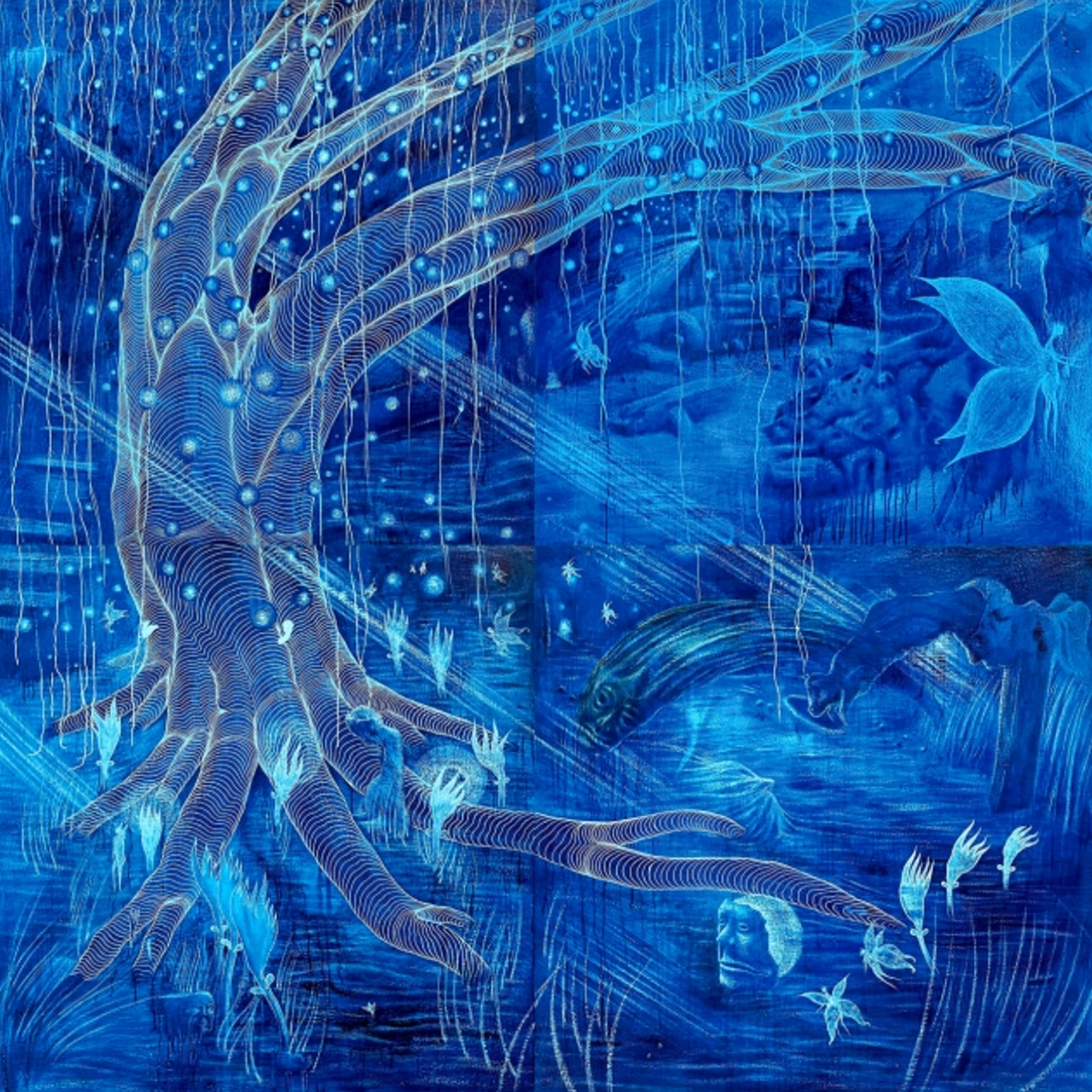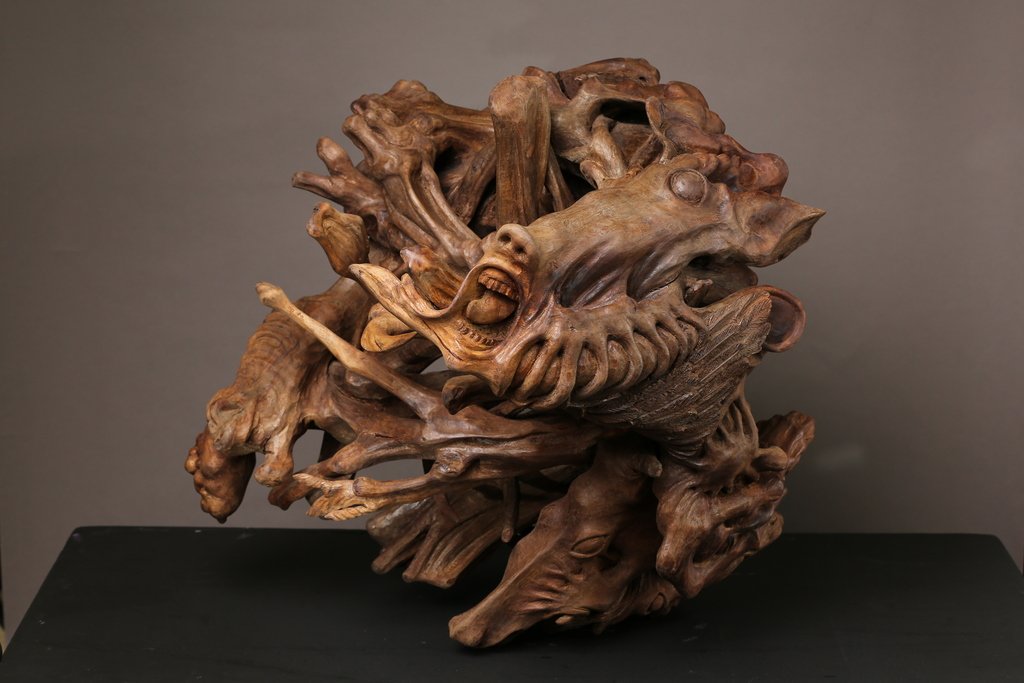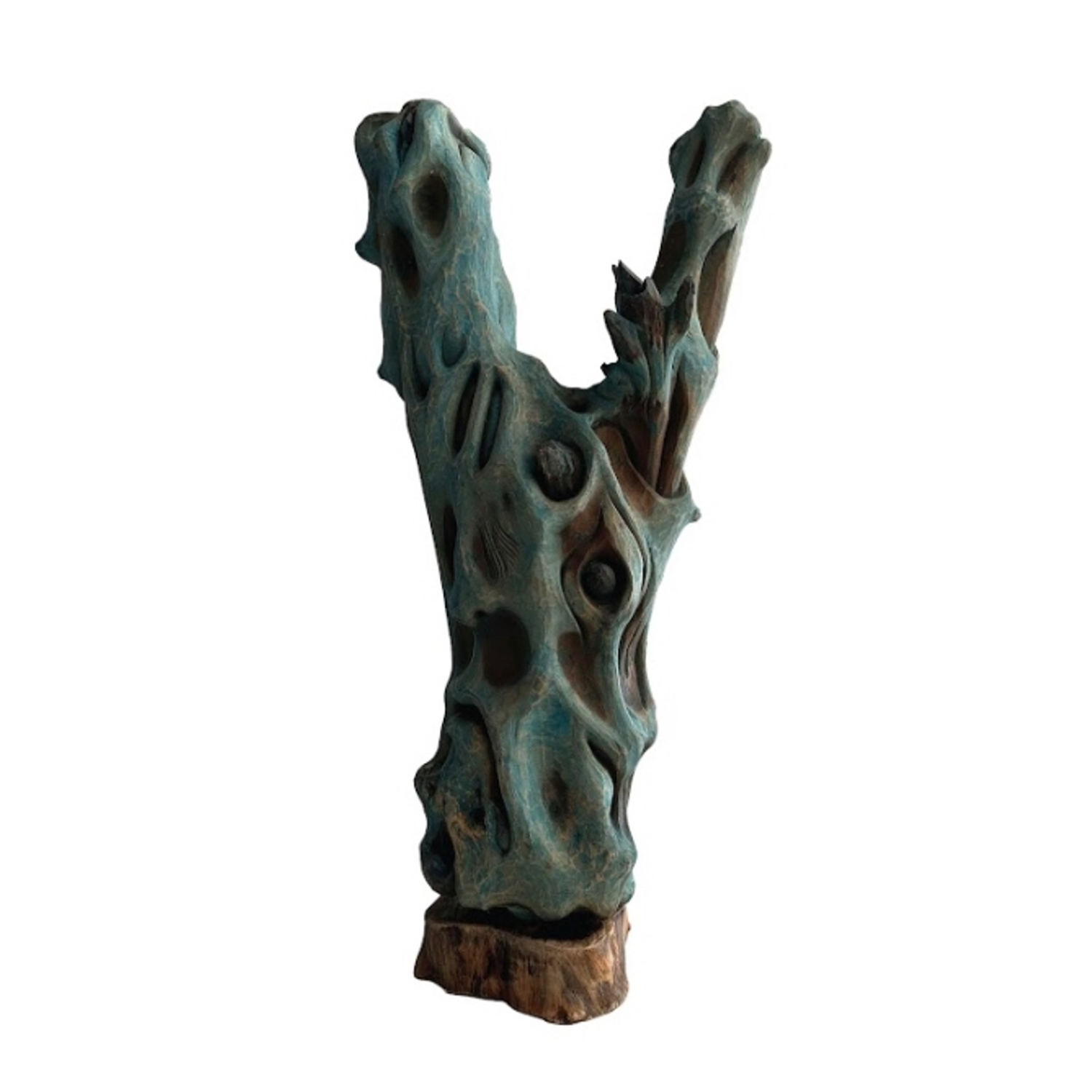Interview Gabrielle de la Cruz
Images Orland Espinosa and Tubô Cebu Art Fair 2024
Editor’s Note: This interview with visual artist and sculptor Orland Espinosa was made possible by Tubô Cebu Art Fair 2024. Espinosa is among the fair’s featured artists and was also the 2022 MADE Special Citation recipient.
Hi Orland! Glad to speak with you again! How have you been since you received the 2022 MADE Special Citation Award? Any changes to your art or goals since?
Hello Kanto, thank you for this opportunity to share my journey as a visual artist. I’ve been receiving continuous support through financial grants since my recognition at MADE 2022. I’m grateful to know that there are plenty of groups and opportunities aimed at promoting arts and culture.
I’m currently exploring the art of organizing to support the community in my own way. In February, I helped organize “Ugnayan-Iloilo,” a platform collaboratively created by senior artists from Luzon and Iloilo to promote art education and cultural growth. This program was made possible with the support of the Metrobank Foundation, the Iloilo City Government, and art collector Joebert Uygongco.


Kudos to you for giving back to the community! Can you tell us more about your exploration of both paintings and sculptures? How would you describe your process as a painter and sculptor? Any surprising differences between the two?
Painting adds while sculpture subtracts. I’m intrigued by these processes as I explore contrasts like chaos and peace, rigidity and flexibility, and life and death. I aim to combine these ideas and ask: How do we feel when we experience multiple concepts at once, and how do our minds and emotions handle them?


Saan sila tumatahan sa kanilang paglisan?, 2023. 48 x 48 inches, engraved multi-layered acrylic on canvas. 

Paglalayag sa kasalukuyan, 2023. 48 x 48 inches, engraved multi-layered acrylic on canvas.
I also noticed a lot of tree elements in your paintings. Is this intentional given the form of your sculptures and your love for wood or something you wanted to try? Can you tell us more about the message you wish to communicate through your paintings?
The whole image of trees may seem unintentional, but the lines engraved to create a tree are intentional. The lines symbolize humanity’s need to seek our unique identity despite what the system dictates.
Society may create a stereotype or vision for each of us but we can find our uniqueness by discovering our potential, examining what is inside us, and harnessing this to become the best individuals we can be.
I want audiences to remember that life requires an examination of situations from various perspectives. We often need to stand on the gray lines in a world that is full of dualities. It is only by looking at both the light and dark sides that we can better understand and find our paths.


Let’s talk about wood carving, which you discovered when you were 13 and regard as your “first love.” How has your relationship with the craft grown since?
They say that first love never dies, and I believe that applies to my relationship with wood carving. I think it also has to do more with the art of carving itself. I’ve worked with different materials such as layered acrylic, but the process—from engraving to reduction—is the same. The material may change, but the spirit and soul of the process remain.


As someone who has joined MADE and now, Tubô Cebu Art Fair, what advice would you give to young artists who are afraid of putting their work out for fear of rejection or negative criticism? How did initiatives like this contribute to your confidence as an artist and individual?
Criticism is always present, whether you’re an artist or not. Embrace it, enjoy both the pressure and the pleasure, and remember to stay optimistic amid negativities.
Tubô is a great platform for young and established artists. The fair includes mentorship activities such as art talks and collaborations, which can provide the push and inspiration that today’s young artists seek. I like how it also serves as a bridge between artists in different stages of their careers, encouraging art and cultural conversations. •

